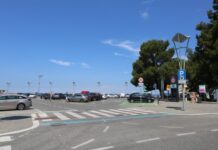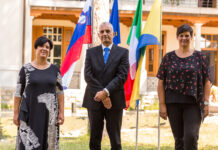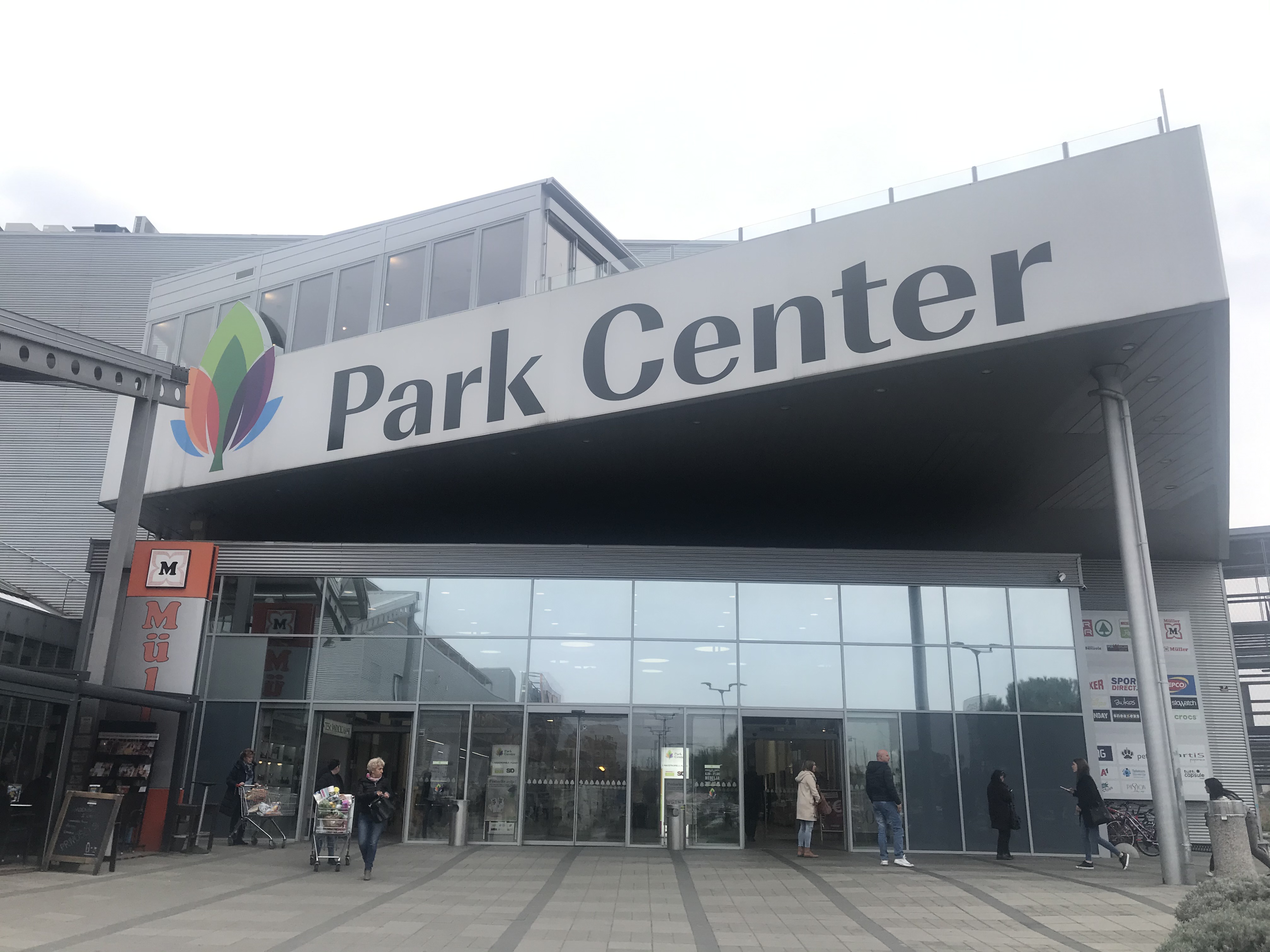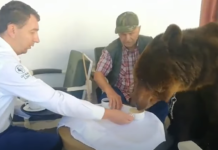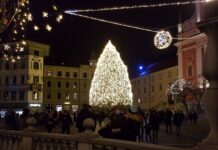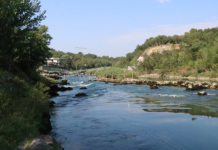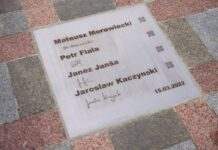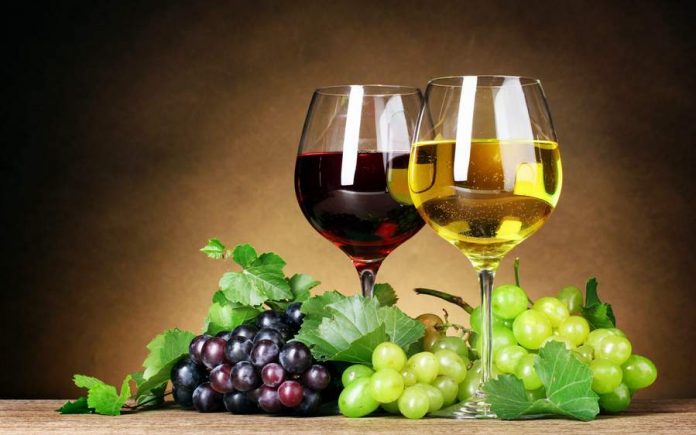On November 11th Slovenia will celebrate St. Martin’s Day, which is one of the most popular celebrations in the country related to wine and wine culture. Although the main events will take place on Saturday and Sunday, the celebrations start a week in advance and have in the past decades turned from local and family gatherings into public events organized in towns and cities all over Slovenia.
The roots of St. Martin’s Day supposedly date back to the Celtic tradition which paid tribute to the fruitfulness of the autumn in the fields and vineyards but the main source of the tradition is connected to Saint Martin of Tours, a Roman soldier who was baptized as an adult and became a monk. Although no connection with viticulture was mentioned by the early hagiographers, he is credited with a prominent role in spreading wine-making throughout the Touraine region and facilitating the planting of many vines.
In Slovenian folklore St. Martin holds an even more important role. As the proverb goes »St. Martin makes must turn into wine«. This is usually achieved at a »christening« or a blessing ceremony by someone who dresses up as a bishop and blesses the wine.
In addition to the celebration of a new vintage, the holiday is noteworthy for traditional dishes such as roast goose or duck with “mlinci” (shredded flat-bread) and red cabbage. These customs are another reference to St. Martin whose symbol became a goose because of a legend that when trying to avoid being ordained bishop he hid in a goose pen, where he was betrayed by the cackling of the geese. 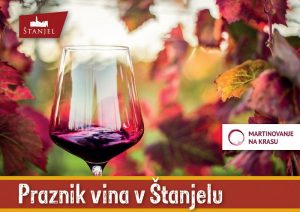
Martinovanje na Krasu
If you wish to avoid large crowds and to experience the unique atmosphere of St. Martin’s Day in the Slovenian Karst region, Martinovanje na Krasu is a regional event worth attending. The main events will take place on Saturday, November 10th, in the picturesque village of Štanjel which will hold a traditional market and a series of accompanying events, linked by a free Hop on—Hop off bus service. The event will include a lot of complementary activities: visiting the Karst museum, a 10 km run, culinary delights, kid’s entertainment, craft corners, museum collections, exhibitions and galleries, hidden gems of this Medieval village and guided tours of Štanjel.
Not all the information is available in English but you can find the main highlights here.
St. Martin’s Day in (fun) facts and figures
For those not able to attend the festivities we have gathered a few interesting statistical facts about food and wine:
- According to the Statistical Office of the Republic of Slovenia 95,000 tons of grapes were produced in 2016. Slovenia produced 823,100 hl of wine, of which about 70% was white wine. The self-sufficiency rate in wine was 91%.
- In Slovenia 65,000 tons of poultry were raised, the self-sufficiency rate was almost 107%, and the average annual consumption per capita was almost 30 kilograms.
- We must also not forget mlinci—in 2016 we sold about 140 tons of it for a total value of EUR 320,000.
- In the same period merchants bought nearly 170 tons of red cabbage from farmers.
- In 2015 the average wine consumption per capita was 43 litres, of which white wine accounted for 68%. Slovenia thus ranked third in the European Union behind only Portugal and Luxembourg, In the European Union the average wine consumption was 23.9 litres per capita.
- In 2015 more than 91% of grape growers in Slovenia cultivated vineyards smaller than 1 hectare
- Almost every seventh Slovenian is a winegrower.
The importance of St. Martin can also be observed in Slovenian names. On January 1st 2018 8,889 men were named Martin (it is the 25th most common Slovenian name) and 7,468 women were named Martina, making it the 26th most common women’s name. Furthermore in Slovenia 5,577 people celebrate their birthday on St. Martin’s Day, of whom exactly 200 are named Martin. Source: Statistical Office of the Republic of Slovenia
Given this data and our love for wine, it is no coincidence that even the most popular Slovenian TV soap operas are related to wine and wine dynasties and visitors to the famous Goriška Brda region can easily recognize the local restaurant, boutique and wine shop Gredič as the set for the “romantic comedy” Ena žlahtna štorija (One noble story).
Uredništvo



